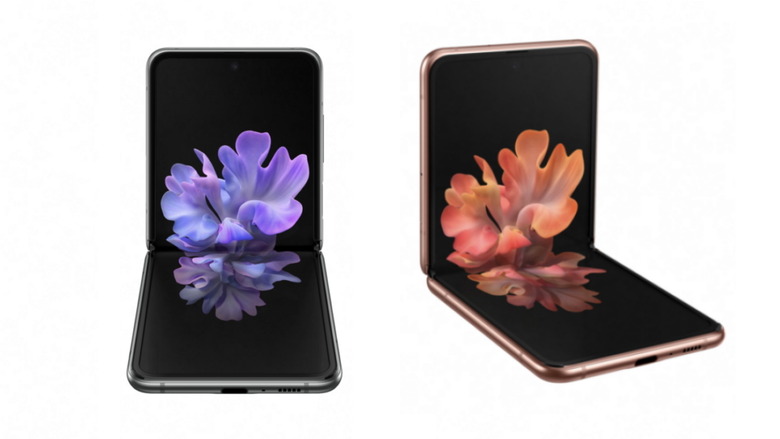Leak Reveals A New Galaxy Z Fold 3 Feature Samsung Fans Will Love
Samsung is widely expected to release two foldable phones in the second half of the year instead of the traditional new Galaxy Note flagship that usually launches in summer. The Galaxy Z Fold 3 and Z Flip 3 could be unveiled during an Unpacked event in July, a report said recently. The increased frequency of Fold 3 rumors and leaks seems to support those claims since new Galaxy flagships always start leaking a few months before the official announcements. By the time Samsung holds the press conference, Samsung fans already know everything about the new hardware — and the Fold 3 looks like it will fall into the same category.
Several reports have already detailed a few Fold 3 features that make the new foldable sound more exciting than anything Samsung has made before. The phone is expected to feature a more compact body than its predecessors, under panel camera (UPC) display technology, a second-gen Ultra Thin Glass (UTG) cover, and stylus support. A recent finding also tells us that Samsung has big health-related plans for foldable handsets. And now, a brand new leak adds another exciting feature to the list that foldable phones can benefit from: IP67 dust and water resistance.
Dust and water resistance might not seem that exciting anymore. Most flagships already come with IP (Ingress Protection) ratings, which we've started taking for granted. But most phones did not go through a humiliating launch experience like the original Galaxy Fold.
As a brief reminder, bloggers found two major design issues with the Galaxy Fold mere hours after receiving their review units. First, the top layer of the display had exposed edges like a screen protector, but it destroyed the screen when it was peeled off. The second problem was equally annoying: debris could get into the hinge, which would eventually compromise the screen's integrity. It's this problem that makes IP67 rating such a crucial addition to foldable phones.
Samsung ended up delaying the phone's release in order to address those embarrassing issues, and it then followed up with new design improvements a year later. The Galaxy Z Flip and Fold 2 featured UTG screens that were more durable than the Fold's plastic display. More importantly, the hinge received a significant design upgrade, an extra layer of fibers that should prevent tiny particles from getting into the phone. But dust particles were still able to pass through. If dust can pass through the hinge, then so can liquids.
If SamMobile's new rumor is accurate, the next-generation of Samsung foldables might deliver even better protection against dust and water ingress. The blog notes that both phones will receive IP ratings, although it's unclear what sort of protection they'll offer. If it's IP67, as rumblings suggest, that would be a huge deal for Samsung's new foldable smartphones.
The addition of IP ratings and stronger UTG glass to the new Samsung foldables are great upgrades that should alleviate durability concerns. The last things you should have to worry about with a $1,500+ device are shoddy construction and poor durability.
